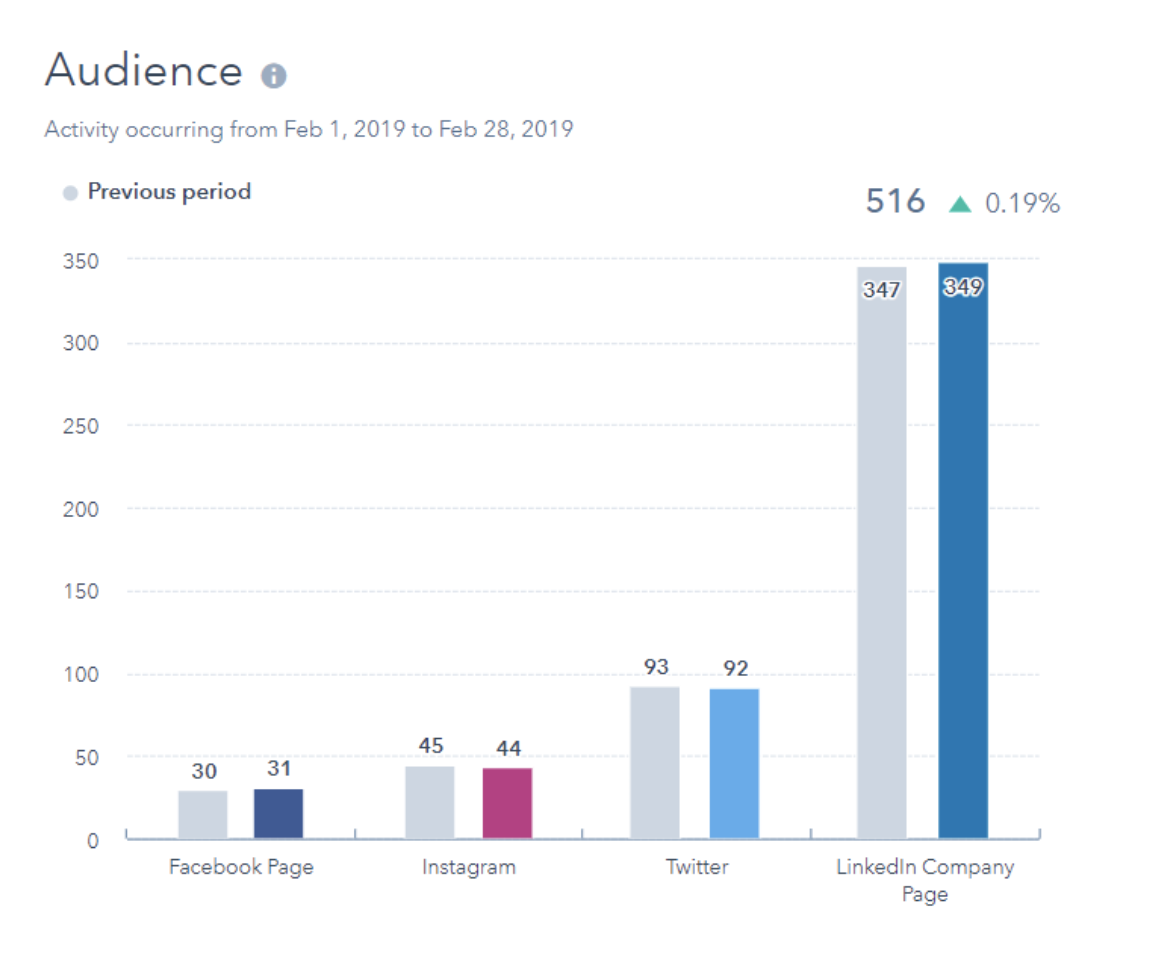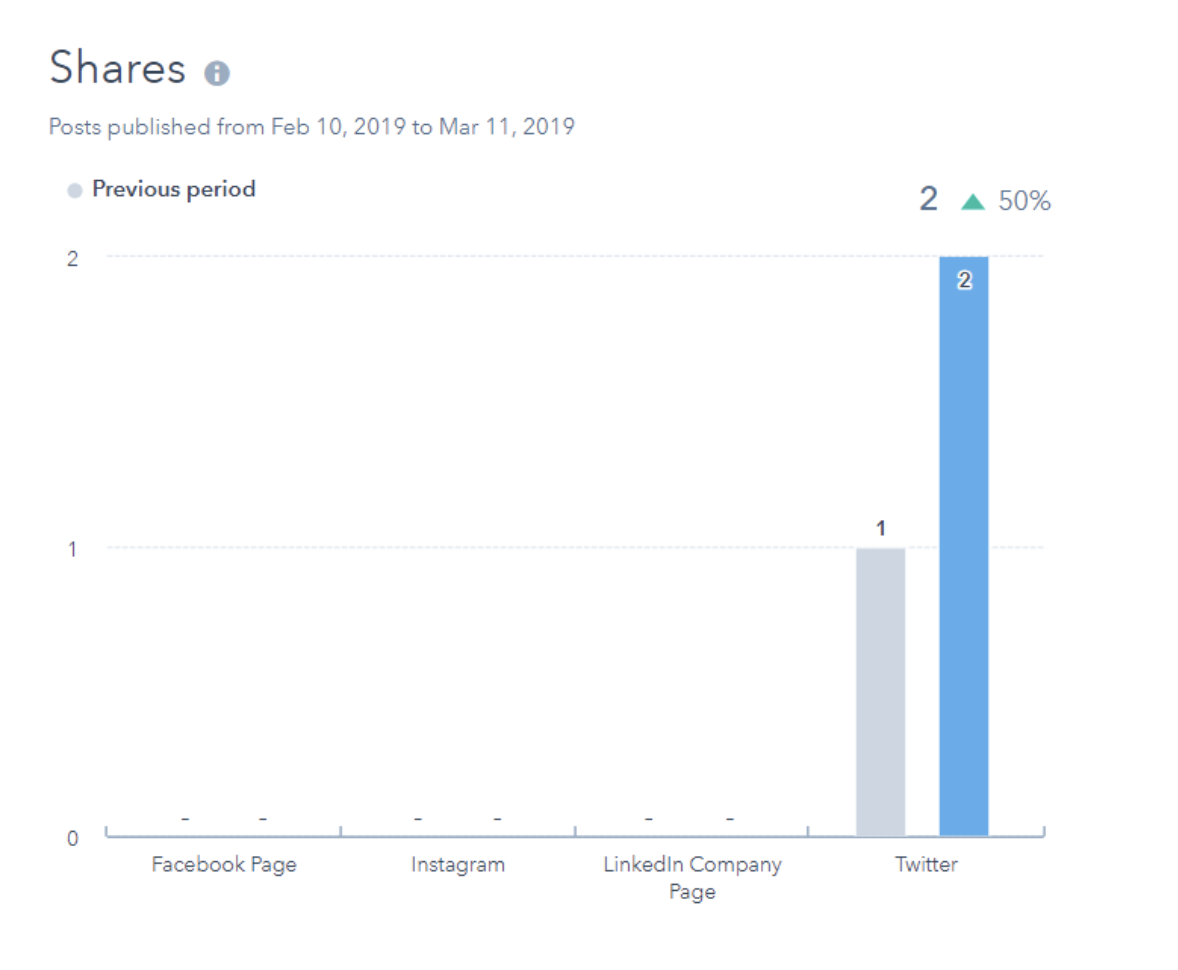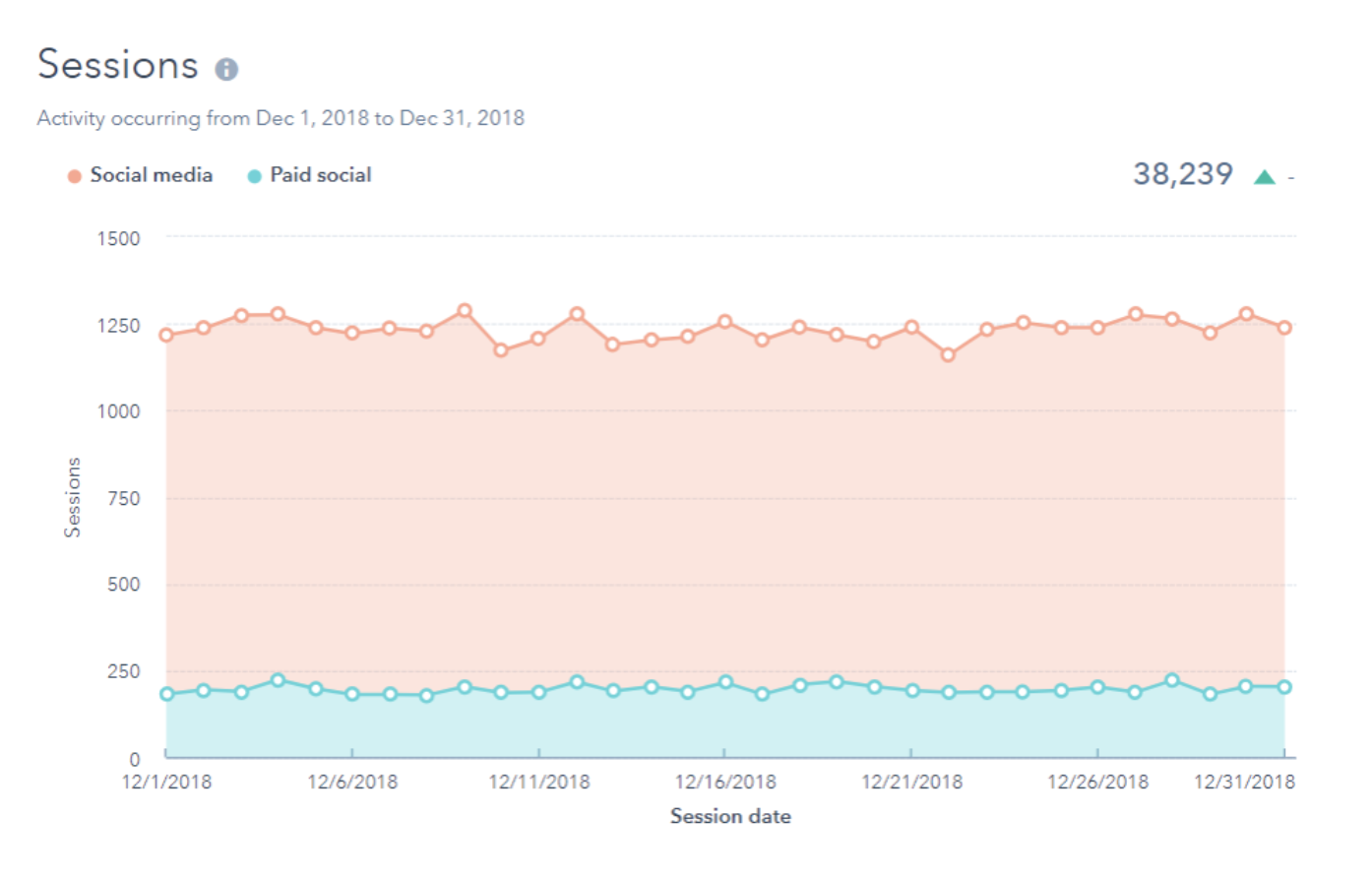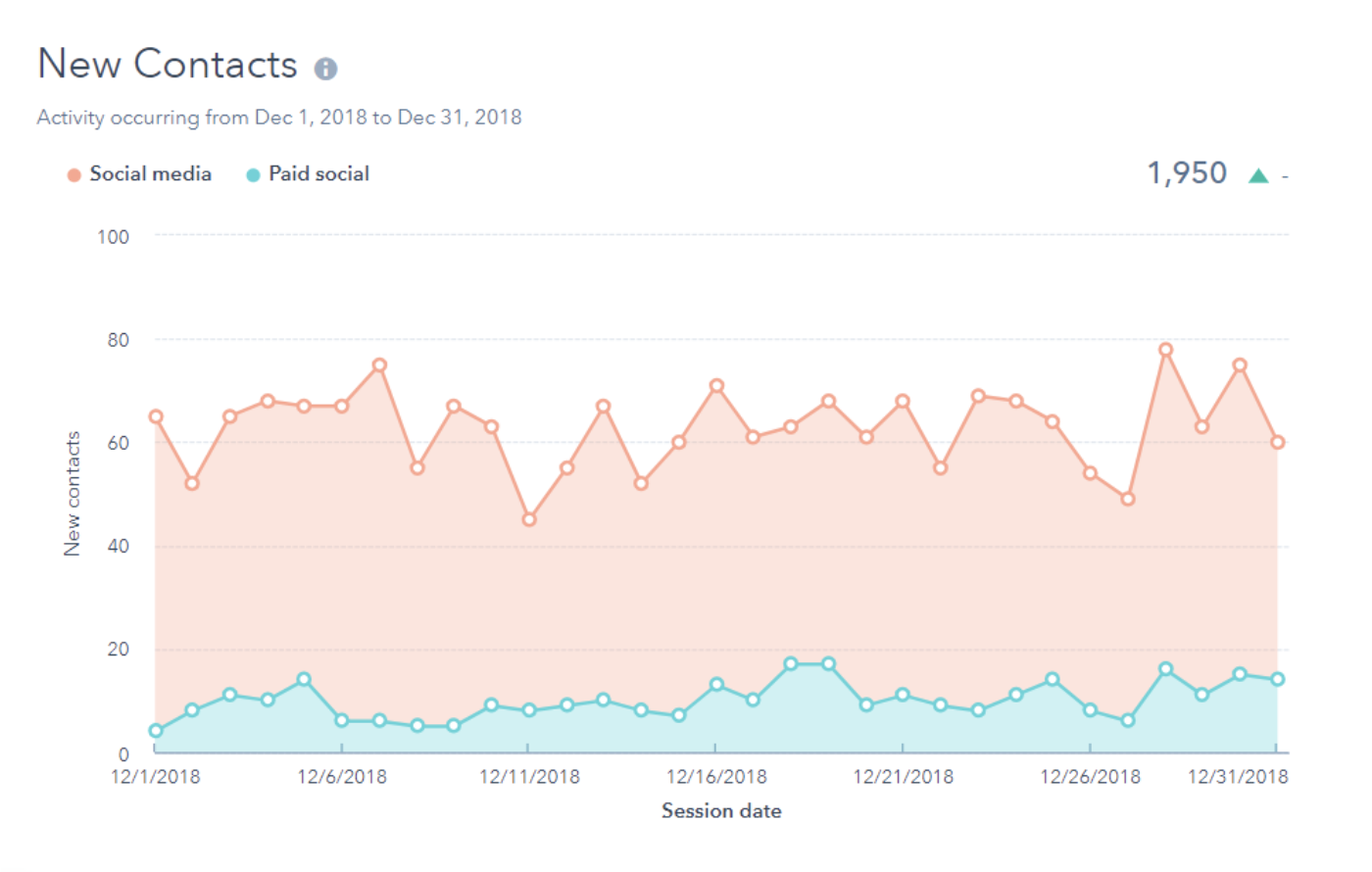With over 4.5 billion social media users across the globe, it’s no wonder businesses need to be active on social media to connect with their audience.
However, simply existing on social media isn’t enough; marketers need to use social media analytics to ensure they post content with the highest ROI.
Social media analytics and reporting give your business the best chance to produce engaging content that positively impacts your bottom line consistently.
What is social media analytics?
Social media analytics is the process of gathering and analyzing data and reports based on metrics from one or multiple social media accounts.
Social media analytics provides insight into several essential factors directly tied to your marketing efforts and business success.
Here’s a list that explains the importance of social media analytics:
- Develop a deeper understanding of who your target audience is and where they spend their time
- Identify which social platforms receive the most significant amount of traffic
- Determine what type of social content leads to the most conversions, engagements, etc.
- Discover what type of social media post has the most significant reach and resonates best with your audience on specific platforms.
- Learn about what is and isn’t working in terms of social media campaigns and ads among your audience during their life and after they wrap up.
- Develop a more robust social media strategy for your business’s specific goals related to things like your marketing, sales, and service efforts.
Social Media Analytics Reports
Simply put, reports are how you’ll review your social media analytics.
Social media analytics tools (which we’ll review next) make the creation of reports simple — some of these resources provide reports from one social platform at a time. In contrast, others offer reports from multiple social media.
- Statistics and data points that matter to you will be displayed in the report
- Time frame (weekly, monthly, quarterly, yearly, campaign start to end)
- Progress growth (i.e., how you’ll share your progress growth over time through a report — typically, either in the form of a snapshot or a comparison of stats in a given period).
Learn how to create impactful monthly reports to show ROI on your social media efforts.
Types of Social Media Analytics Reports
Let’s look at HubSpot’s social media analytics reporting options to give you some different reports available in commonly-used tools.
1. Audience Analytics Report
2. Published Posts Analytics Report
3. Interactions Analytics Report
4. Clicks Analytics Report
The Clicks report displays how many clicks you get on your social posts published through HubSpot.
5. Shares Analytics Report
The Shares report displays the number of posts your audience members shared.
6. Impressions Analytics Report
7. Sessions Analytics Report
8. New Contacts Analytics Report
Best Social Media Analytics Tools
1. HubSpot Social Media Software
Try HubSpot’s social media tools free for 30 days.
To learn more about HubSpot integration, visit our integrations marketplace.
2. TweetDeck
TweetDeck is an analytics tool used for Twitter. It works in real-time to help you view and analyze your Tweet engagement, organization, management, and tracking on the platform.
3. Buffer
Buffer provides an in-depth look at how you can strategize to grow your brand on social media.
The software does this by measuring your performance on various social platforms, creating detailed reports about the data points that matter to you, and recommending ways to improve your reach, engagement, and more.
4. Hootsuite
Hootsuite allows you to create customized social media reports using over 200 metrics across your social channels and campaigns.
These reports are easily shareable with members of your team and your clients to keep everyone on the same page and prove ROI.
5. Sprout Social
Sprout Social provides a look into your customers’ needs through the conversations your customers and followers are having on social media.
The software also measures your specific content and campaign work across various platforms and channels to determine what’s working best among audience members and what should be improved upon.
(Note: Sprout Social is another social media software integrates with HubSpot.)
6. Mention
A mention is a tool that allows your company to monitor, listen, and analyze your posts and your interactions with and among audience members via different social channels and platforms.
The software also makes creating automated reports to share this data with fellow employees or clients easy.
Next, look at applying these tools and resources in your day-to-day work by reviewing the steps in tracking social media analytics (also known as your social media analytics strategy).
Work through the following steps to begin tracking your social media analytics and gaining a better understanding of which parts of your processes are working and which need to be modified. Again, you can think of this as your social media analytics strategy.
1. Set SMART social media analytics goals.
Create and set SMART goals to help you achieve your social media analytics goals.
Use a free template to help you create SMART goals and achieve them.
- Specific: I want to use social media analytics to identify specific data points related to my marketing tactics to determine which posts and campaigns work best in reaching and engaging our audience members.
- Measurable: I want to be able to identify some specific data points to accomplish this goal.
- Attainable: I will identify three specific data points to help accomplish this goal.
- Relevant: These data points will help my team, and I measure our success in reaching and engaging our audience members across social media channels and identify gaps or areas for improvement in our social media strategy.
- Time-bound: I want to identify these specific data points over the next month.
This way, in four weeks, we can use them to measure our success in reaching and engaging audience members across social channels and identify gaps and areas for improvement in our social media strategy.
2. Decide which metrics you’ll focus on and track.
- Reach is the total number of people who have seen your content.
- Engagements are all interactions, including shares, likes, and comments.
- Impressions are the number of times content is displayed on someone’s feed.
- Mentions are when audience members or other companies reference your business and brand on social media.
- Social ROI provides insight into whether your investment in your social media marketing results in an increase or decrease in customers, sales, brand awareness, and customer loyalty.
- Social listening is when you monitor conversations about your business and brand on social media to see what customers and audience members say about you.
- Likes are when an audience member taps (or double taps) on your social content to show they’re a fan of your post.
- Retweets/shares/reposts are when audience members post your business’s published content on their profiles.
3. Determine which social media analytics tools you’ll use.
Before deciding on which tool or tools you’ll use, think about the following questions:
- Do you want a tool or software to help you manage your social media analytics across multiple channels and platforms (e.g., Twitter, Facebook, LinkedIn) or just one (e.g., Twitter)?
- Which metrics did you decide to track (as discussed above)?
- What is your budget? Do you need a tool with flexible pricing options and features that you can add to or remove over time? (To find this information, review the pricing pages like this page on Sprout Social’s website.)
- Which tools and software options are suited to help you achieve your SMART goals? (Check out feature pages for this type of information, like this page on Oktopost’s website.)
- Do you want your tool to integrate with your team’s more powerful software to run your business (such as HubSpot’s CRM, for example)?
4. Measure the success of your social media analytics efforts.
- Did you achieve your SMART goals?
- Did the metrics you chose to focus on tell a story helpful for your business?
- Did the software or tool you implemented support your business needs?

-2.jpg#keepProtocol)


















